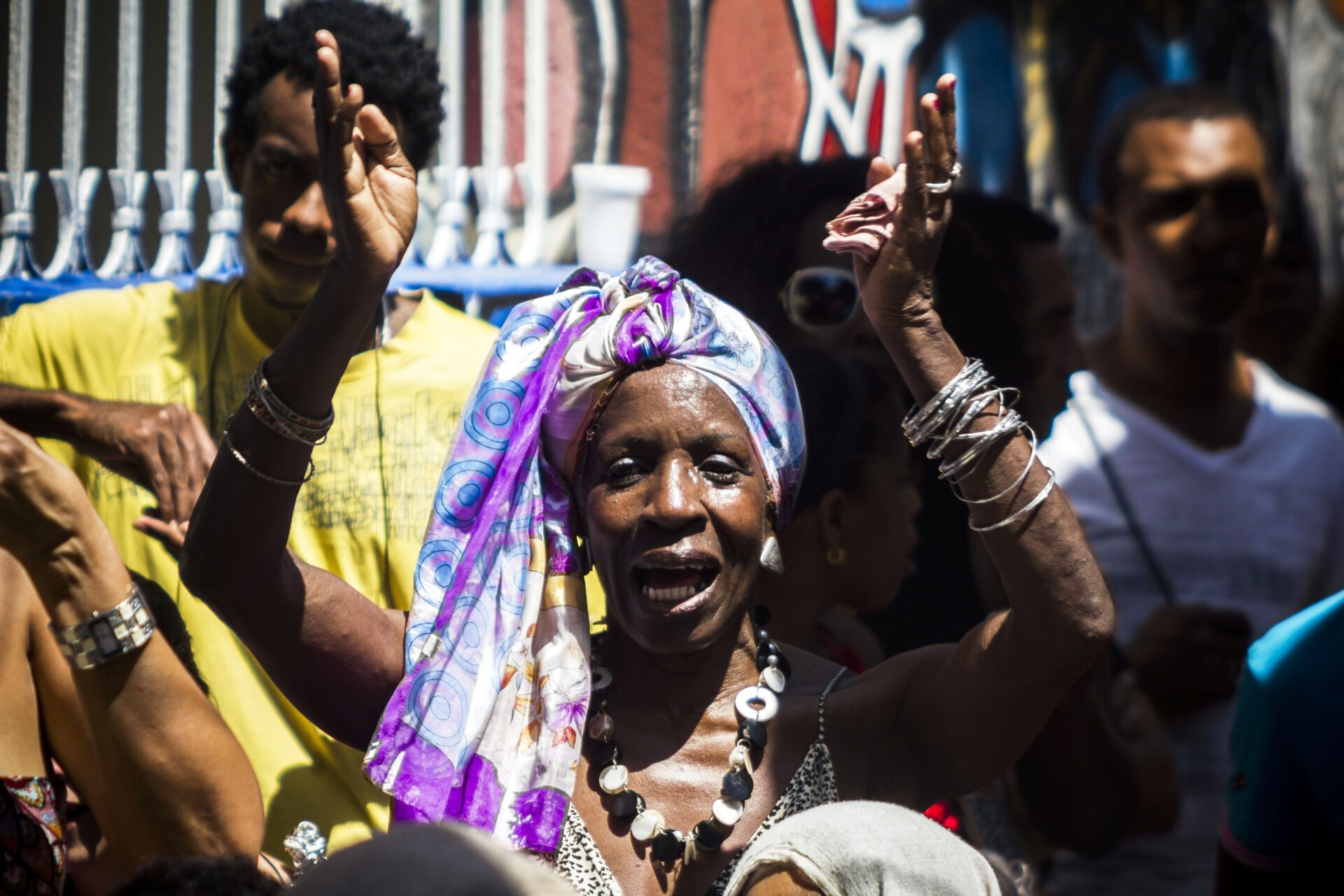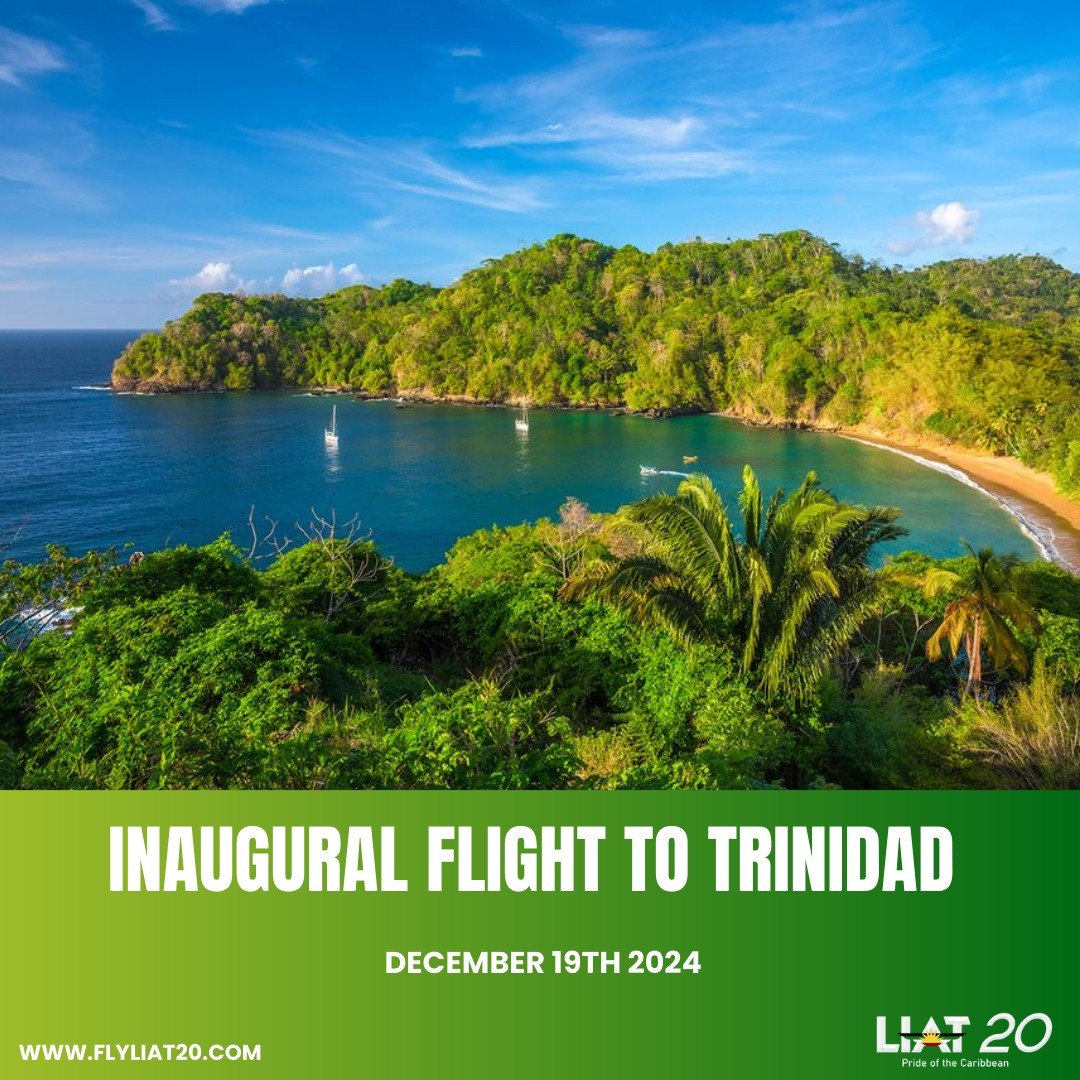Celebrating the Caribbean’s Cultural Diversity
Between 2016 and 2019, UNESCO continued to recognize the Caribbean’s rich intangible cultural heritage, celebrating traditions that showcase the region’s diversity and vibrant history. These recognitions by UNESCO reveal the deep cultural practices and customs that have survived generations, connecting the past with the present. This article focuses on the elements honored during this period, highlighting their significance to the Caribbean identity.
2016
Dominican Republic: Music and Dance of Merengue
For UNESCO Merengue is not just a genre of music in the Dominican Republic but a national symbol. Its fast rhythms and lively dance steps are part of every major celebration. The music blends European and African influences, representing a fusion that is emblematic of the island’s history and cultural makeup.Cuba: Rumba
Rumba is a joyous celebration of Cuban identity through a fusion of African rhythms and Spanish melodies. It is more than a musical genre—rumba incorporates dance, percussion, and vocals, creating an art form that fosters community, expression, and connection with heritage.Venezuela (Bolivarian Republic of): Carnival of El Callao
El Callao Carnival is a colorful and vibrant cultural event that dates back to the 19th century. It celebrates African, indigenous, and Caribbean roots through parades, masquerades, and traditional music. The carnival symbolizes unity and cultural resilience in the face of hardship, making it a significant event for Venezuelans.Mexico: La Charrería, Equestrian Tradition
La Charrería is a traditional equestrian practice among cattle-raising communities in Mexico that combines cultural heritage and competitive sport, showcasing skillful performances while promoting important social values to younger generations.
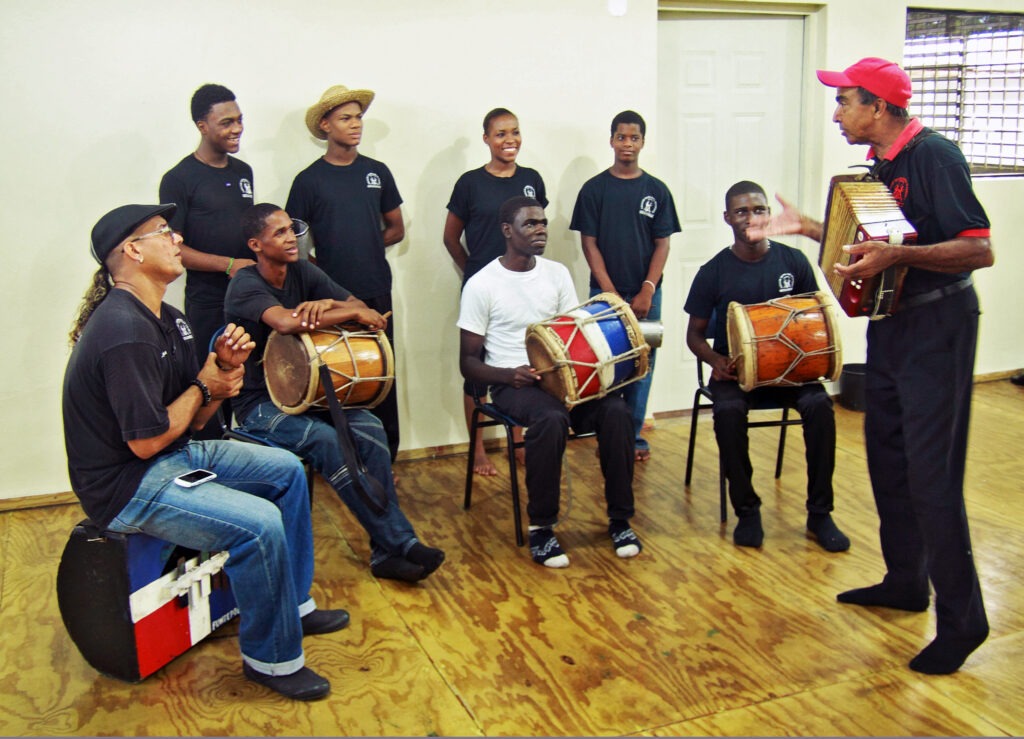
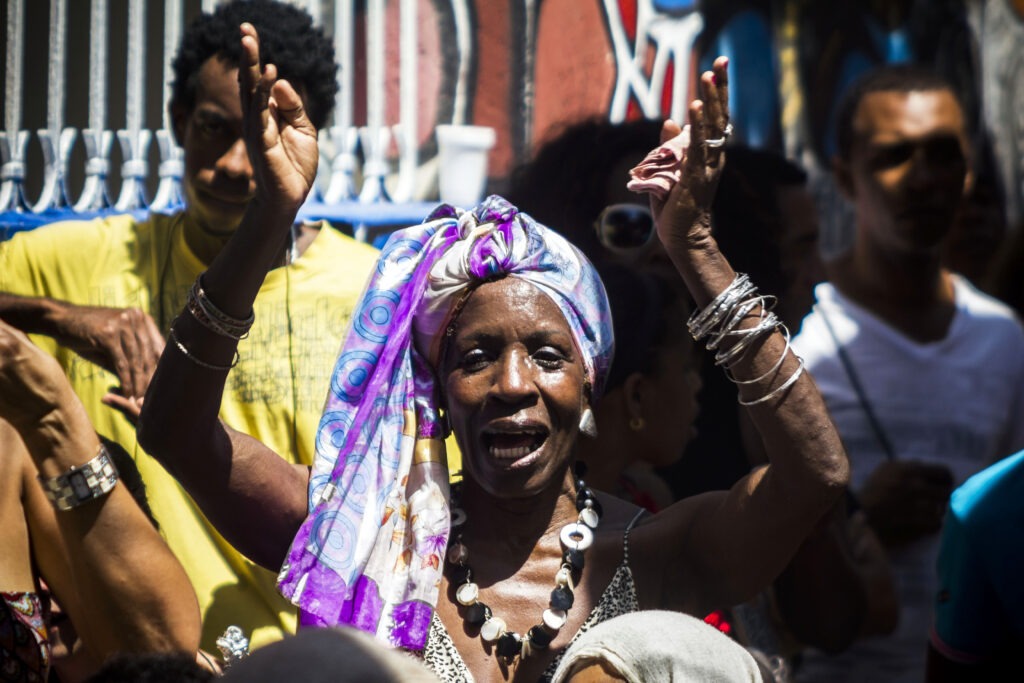
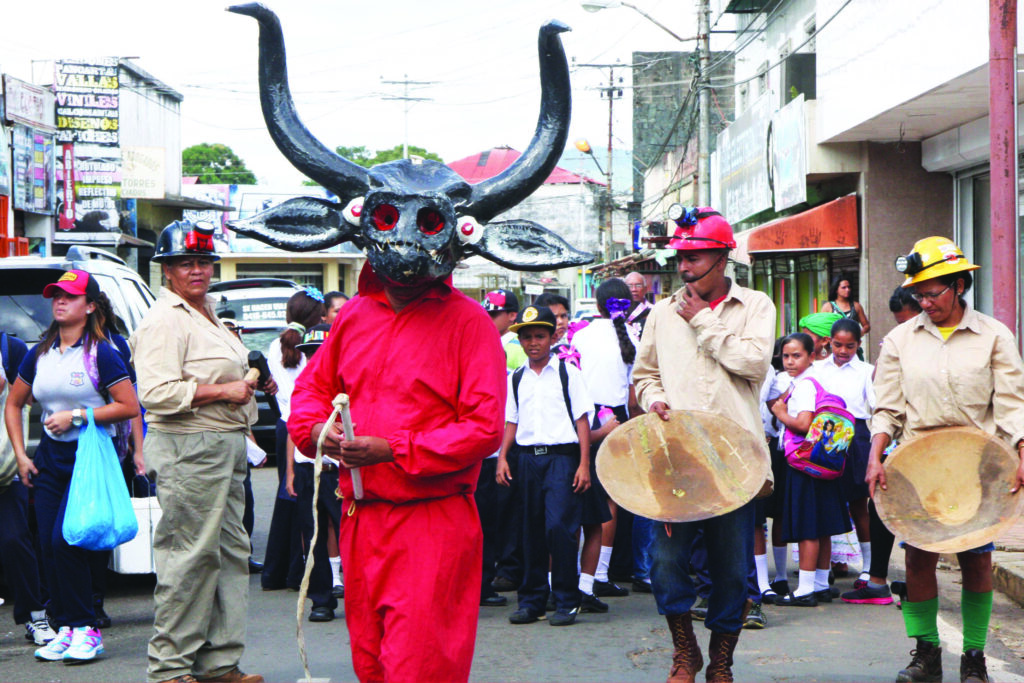
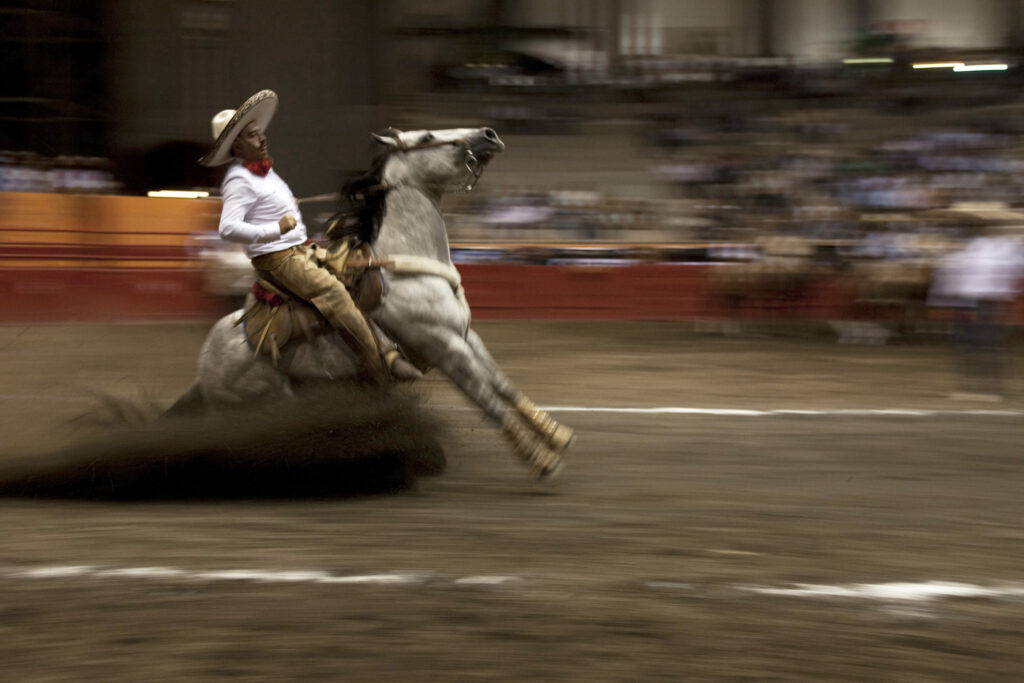
2017
Colombia and Venezuela (Bolivarian Republic of): Work Songs of the Plains (Chants de travail des llanos)
For UNESCO, these songs, sung by the cattle ranchers of the Orinoco Plains, are an essential part of the daily life of llaneros (plainsmen) in Colombia and Venezuela. The songs are used to communicate with the animals and among workers, celebrating the deep connection between humans, animals, and the vast plains.Cuba: Punto
Punto is a traditional Cuban music genre combining poetic lyrics with melodies played on stringed instruments. Originating from Spanish peasant music, it is often performed in community gatherings and has become a key part of Cuban cultural identity, symbolizing a deep connection to the land and rural life.Panama: Techniques for Weaving Talco Hats and Pintas
This tradition involves intricate craftsmanship in the weaving of talco hats, crinejas, and pintas, often made from plant fibers. The practice is passed down from generation to generation, ensuring the preservation of the craft and its cultural significance in Panama.
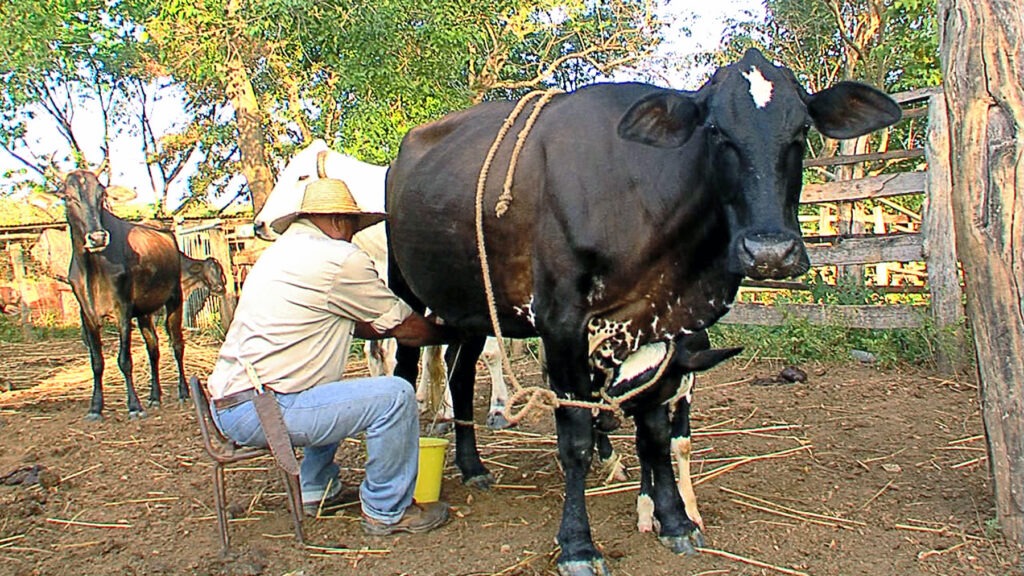
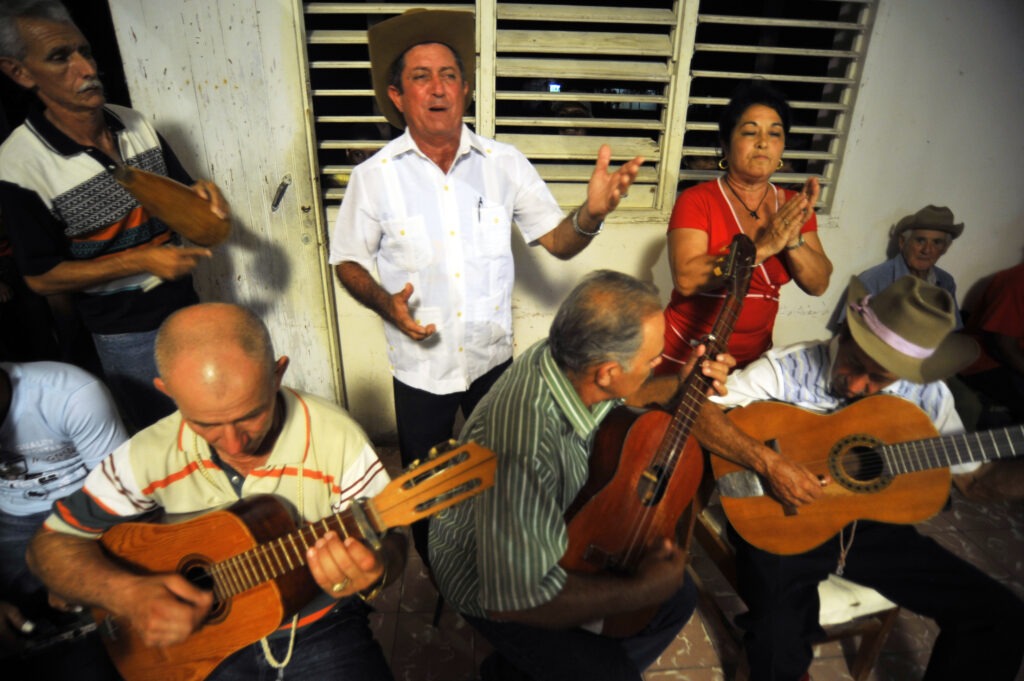
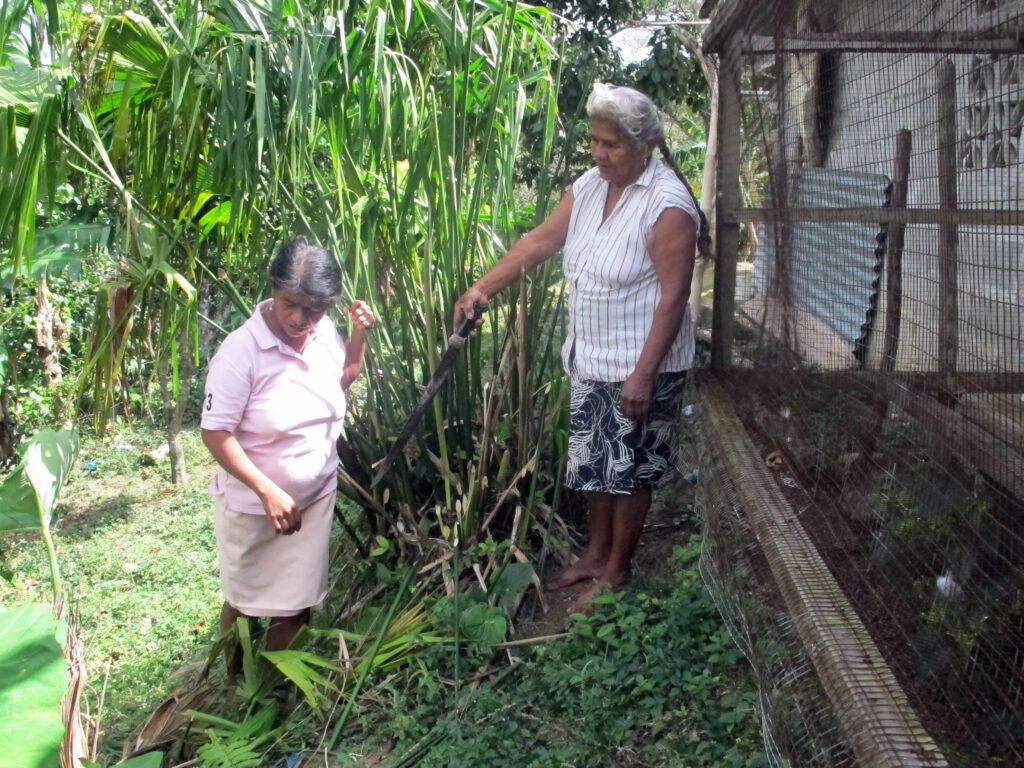
2018
Jamaica: Reggae Music
For UNESCO, Reggae, synonymous with Jamaica, is more than just music; it is a cultural force that promotes messages of peace, love, and resistance. Popularized by icons like Bob Marley, reggae’s rhythms and messages have influenced people worldwide, while remaining deeply rooted in the island’s African traditions.Panama: Expressions and Rituals of Congo Culture
In Panama, the Afro-descendant Congo culture is celebrated through songs, dances, and rituals. These practices are not only a form of entertainment but also acts of resistance, passed down from enslaved Africans to their descendants. Congo rituals are performed in festivals that remember the struggles of the African diaspora and the fight for freedom.Cuba: Parrandas (Traditional Cuban Festivals)
Originating in central Cuba, parrandas are lively celebrations that mix music, dance, and fireworks. These festivals bring communities together to celebrate their shared identity and provide a stage for collective creativity.- Mexico: La Romería, Ritual Pilgrimage Cycle
La Romería is a deeply rooted annual tradition celebrated on October 12 in honor of the Virgin of Zapopan, culminating a ritual cycle with over two million participants, vibrant indigenous dances, and community activities that strengthen social ties.
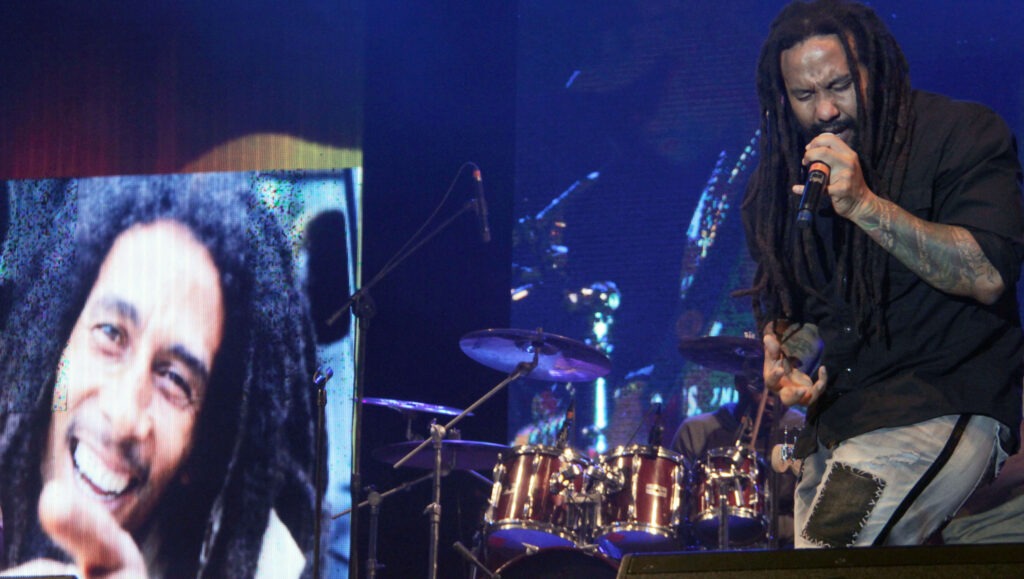

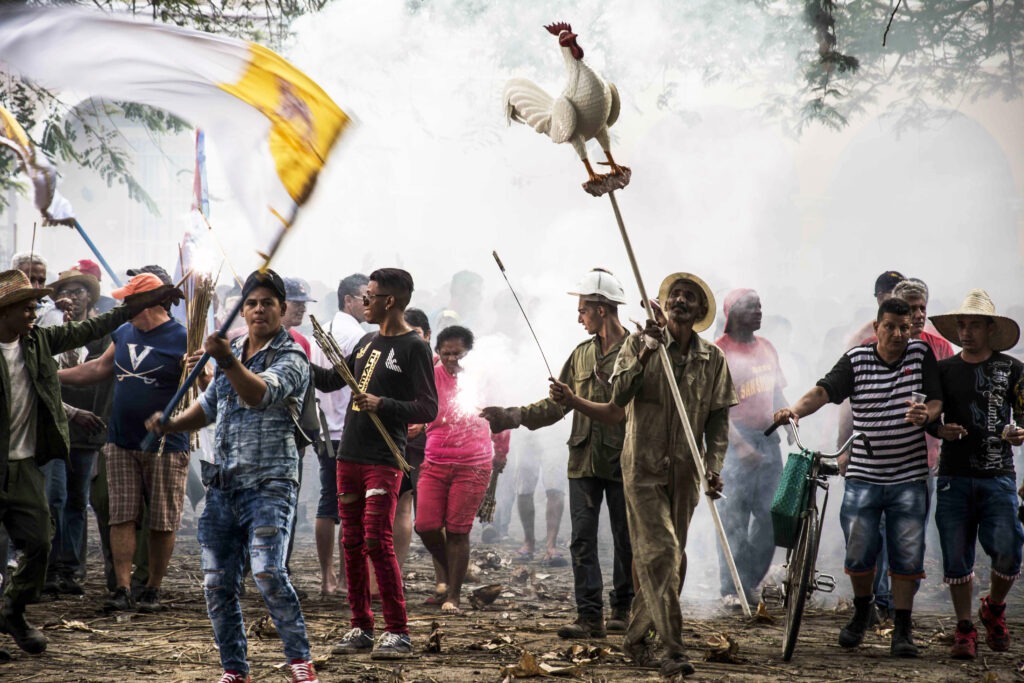
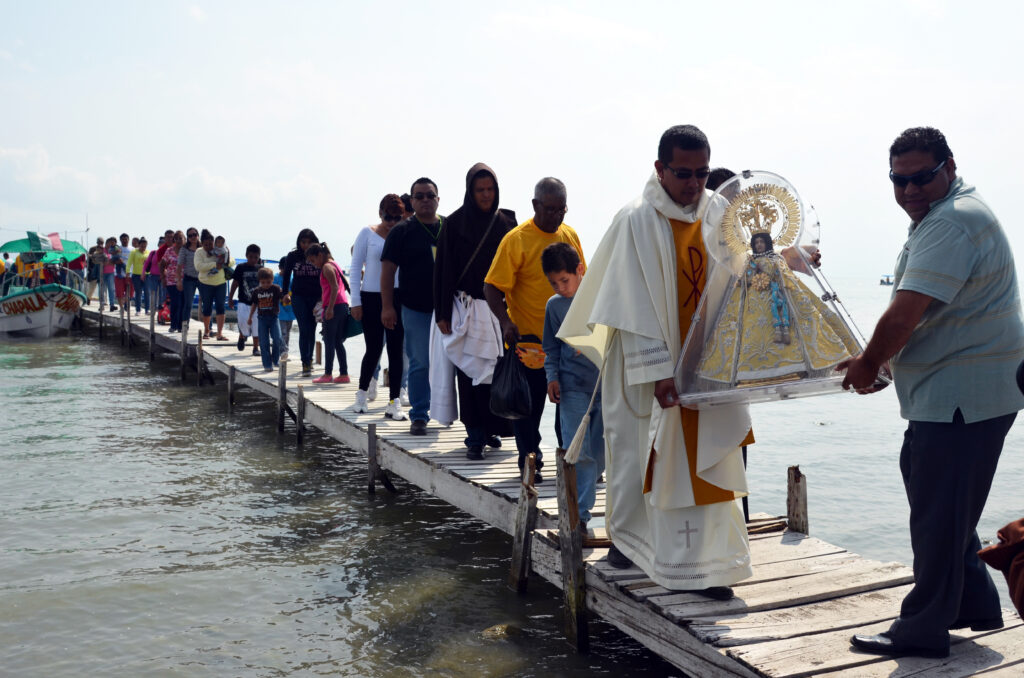
2019
Dominican Republic: Music and Dance of Bachata
For UNESCO, Bachata, known for its romantic lyrics and soulful melodies, is an iconic genre in the Dominican Republic. Rooted in rural life, it has evolved from humble beginnings into a symbol of Dominican identity, blending African, European, and indigenous influences to create a unique sound.Mexico: Artisanal Talavera Pottery
The process of making Talavera pottery in Puebla (Mexico) and Spain is a centuries-old tradition that requires skill and patience. The vibrant designs and intricate patterns reflect the cultural exchange between the two regions, making it a symbol of shared heritage.Venezuela (Bolivarian Republic of): Biocultural Program for the Safeguarding of the Palm Tradition
This program aims to preserve the knowledge and practices associated with the harvesting and processing of the blessed palm (palma bendita) in Venezuela. The program helps maintain local traditions while promoting environmental sustainability.- Colombia: Strategy for Safeguarding Traditional Crafts for Peacebuilding
This strategy aims to preserve traditional crafts through intergenerational knowledge transmission and practical learning, empowering vulnerable youth and fostering cultural entrepreneurship to contribute to peacebuilding and social inclusion.
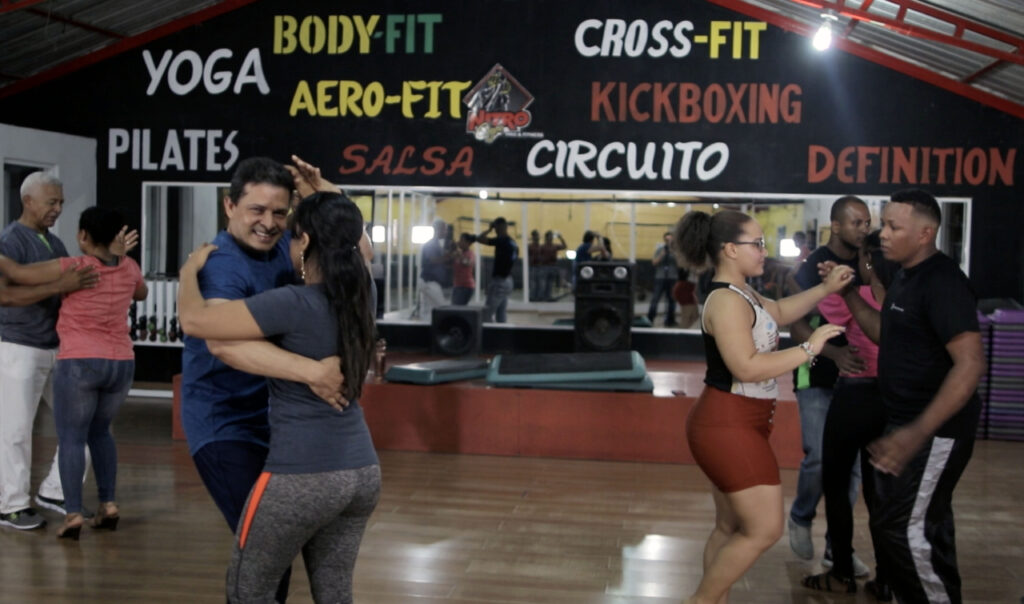
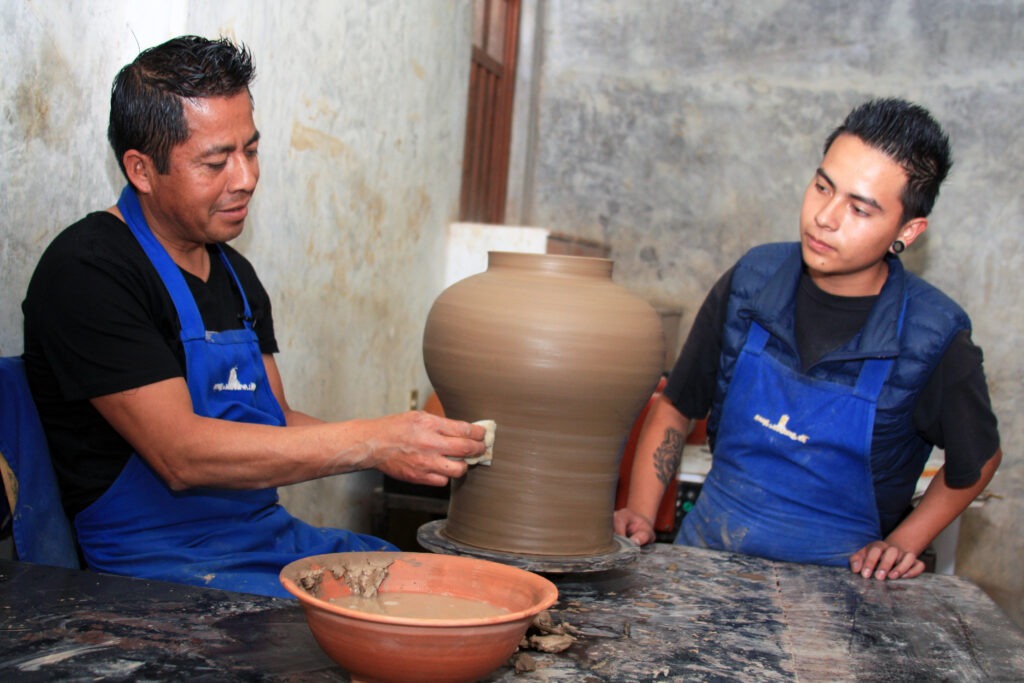

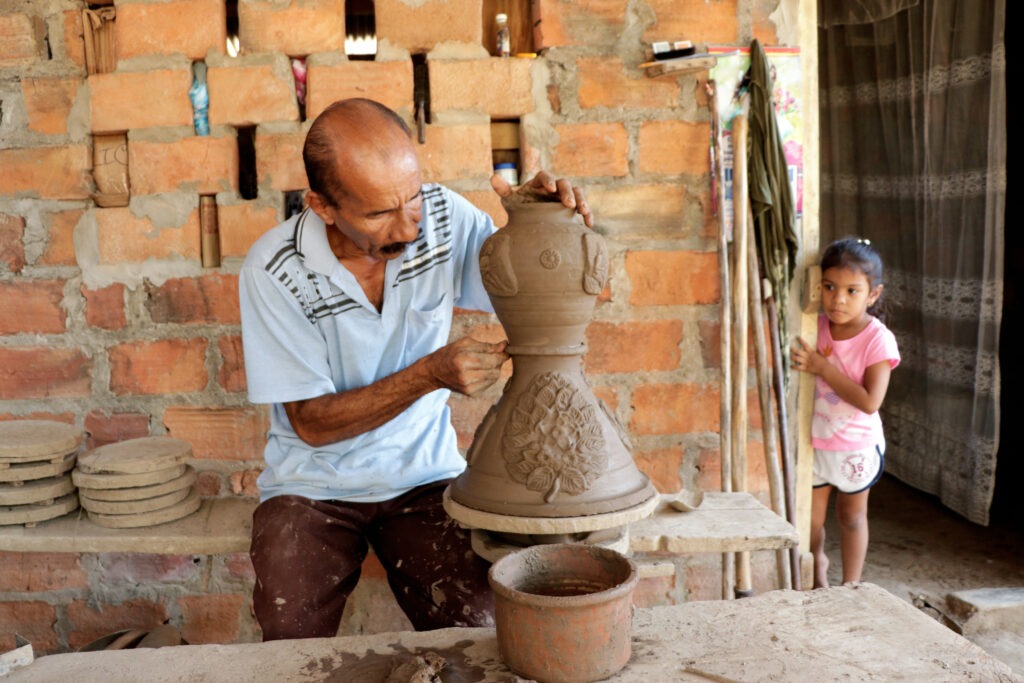
The cultural practices recognized by UNESCO from 2016 to 2019 showcase the diversity and complexity of Caribbean heritage. From music and dance to traditional craftsmanship, these elements highlight the importance of preserving cultural practices that define national identities. In our final article, we will explore the UNESCO recognitions from 2020 to 2023, further unveiling the rich heritage of the Caribbean region.

